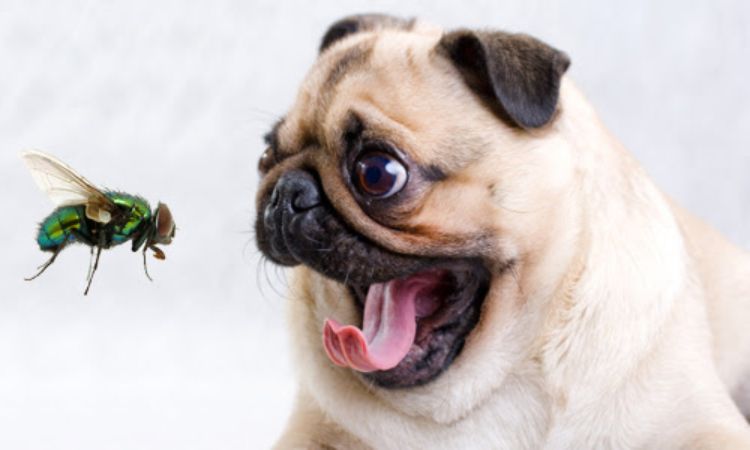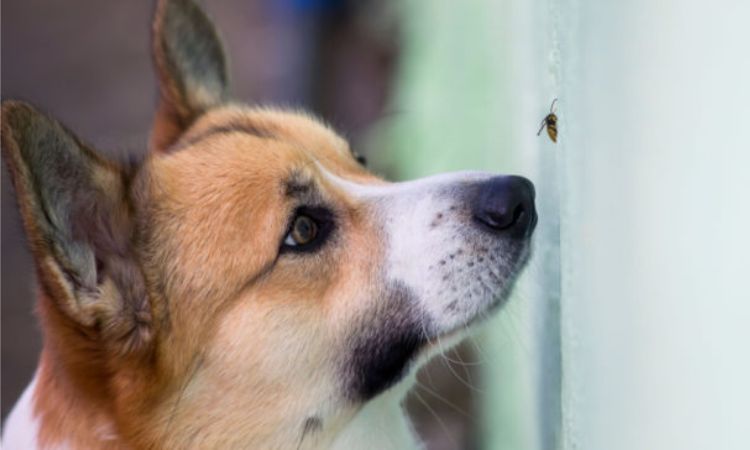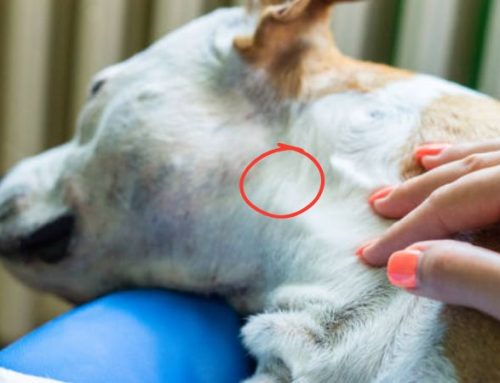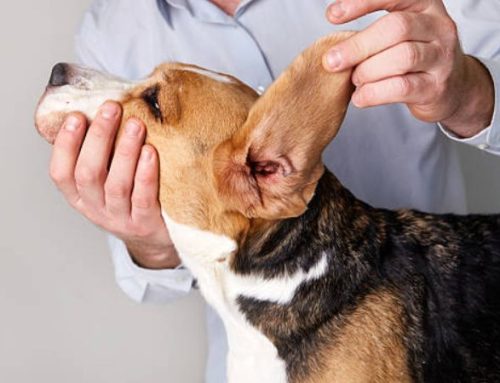Have you ever seen your dog snapping at a buzzing fly or even eating one? While this behavior may seem odd or even gross it’s a natural expression of their hunting instincts. For most dogs, swallowing the occasional fly isn’t harmful. However, flies can carry parasites, fly eggs, or pesticide residues that may pose health risks, including digestive upset or intestinal infections.
This guide explains why dogs eat flies, the potential dangers involved, and practical ways to keep your dog safe while satisfying their natural curiosity and prey drive.
Why Dogs Eat Flies
Dogs are natural hunters and explorers, and their instincts are finely tuned to detect movement. Flies, with their erratic and fast flight patterns, often capture a dog’s attention, triggering a chase response. For many dogs, the act of stalking, pouncing, and snapping at a fly is more about the thrill of the hunt than actually consuming the insect. This playful behavior provides mental stimulation, satisfies their predatory drive, and can even relieve boredom or mild stress. In essence, a fly becomes a moving target for entertainment rather than a meal.

Even when dogs are primarily chasing flies for fun, they may end up swallowing them unintentionally. Flies can be caught mid-air during panting, barking, or enthusiastic play. This accidental ingestion is usually harmless, especially in small numbers, but it’s important to monitor your dog for signs of gastrointestinal upset if they consume multiple insects. Dogs are often unaware that they’ve eaten a bug, which is why accidental swallowing is a common occurrence during active play.
From a nutritional standpoint, flies contain small amounts of protein and other basic nutrients, but their contribution to a dog’s diet is negligible. While dogs may occasionally eat insects, these “snacks” do not provide meaningful nutrition. The behavior is almost entirely instinct-driven, rooted in curiosity, play, and predatory enjoyment rather than a need for sustenance.
Can Dogs Get Worms from Eating Flies?
Many dog owners have seen their pets chasing and snapping at flies and worry about potential health risks. One common concern is whether eating flies can lead to worms or other intestinal parasites. Understanding the risks and how to protect your dog is essential for keeping your furry friend safe.
The Worm Risk from Flies Is Low
In general, dogs are unlikely to contract worms from eating flies. Most intestinal parasites, such as roundworms, hookworms, and tapeworms, are transmitted through contaminated soil, feces, or intermediate hosts like fleas not through flies themselves. Flies are not typical carriers of worm eggs, and the chance of a dog developing an infection directly from swallowing a fly is minimal.
Other Health Considerations
While the worm risk is low, flies can still carry bacteria, viruses, and other pathogens from the environment. If your dog ingests flies that have recently landed on decaying matter, garbage, or feces, they could experience mild gastrointestinal upset, including:
- Vomiting
- Diarrhea
- Temporary stomach discomfort
These symptoms are usually mild and resolve within a day or two. However, persistent vomiting, diarrhea, or lethargy should prompt a visit to the veterinarian.
Preventive Measures
To minimize any risk from flies:
- Regular Deworming: Follow your veterinarian’s recommended deworming schedule to protect your dog from intestinal parasites.
- Yard Hygiene: Keep your outdoor areas clean and free of feces, standing water, and decaying matter that attract flies.
- Supervised Play: Monitor outdoor activity, especially in areas with heavy insect activity, to reduce the chance of ingesting contaminated insects.
- Pet-Safe Pest Control: Avoid using chemical insecticides in areas accessible to your dog; choose pet-safe alternatives instead.
When to Seek Veterinary Care
Even though worms from flies are rare, watch for:
- Repeated vomiting or diarrhea
- Loss of appetite
- Lethargy or unusual behavior
If any of these symptoms occur after your dog has eaten flies or if you’re concerned about exposure consult your veterinarian for evaluation and guidance.
Dogs eating flies is usually harmless. While the risk of worm transmission is very low, maintaining proper deworming, good hygiene, and supervision is the best way to ensure your dog stays healthy. For any concerning symptoms or behavioral changes, professional veterinary advice is always recommended.

Understanding the Chemical Risk: Sprayed Flies
Dogs are naturally curious and love to chase anything that moves including flies. While a plain housefly is usually harmless, the situation changes if that fly has been exposed to insecticides, such as those commonly found in household sprays like Raid. Even a single insect can carry chemical residue, which may pose a risk to your dog.
The Real Danger: Ingesting Sprayed Flies
The primary concern is the ingestion of chemicals that remain on a fly’s body after spraying. Pyrethrins and pyrethroids are common active ingredients in many household insecticides. These compounds are designed to overstimulate an insect’s nervous system, leading to paralysis and death. While these chemicals are formulated for insects, dogs can also be sensitive, particularly small breeds or puppies.
The actual risk depends on several factors:
- Amount of chemical on the fly: A lightly sprayed insect carries far less toxin than one heavily saturated.
- Size of the dog: Larger dogs can often tolerate small exposures with minimal effects, while smaller dogs may experience irritation or toxicity.
- Frequency of ingestion: One accidental fly is usually low-risk, but repeated exposure increases the likelihood of adverse reactions.
Even a single sprayed fly may cause mild gastrointestinal upset or oral irritation. The key is to monitor your dog closely and act if symptoms develop.
Symptoms to Watch For
If your dog ingests a fly that has been in contact with insecticide, watch for early signs of chemical exposure, including:
- Excessive drooling or foaming at the mouth
- Vomiting or diarrhea
- Tremors or muscle twitching
- Weakness, lethargy, or unusual behavior
- Difficulty breathing in severe cases
These symptoms may appear within minutes to a few hours after ingestion, depending on the chemical load and your dog’s sensitivity.

Action Plan
If you notice any of the above symptoms, or if you know your dog ate a fly that was heavily sprayed, take immediate action:
- Call your veterinarian and provide details about your dog’s size, breed, and the product ingested.
- Contact a pet poison control center for guidance. Trusted resources include:
- ASPCA Animal Poison Control Center: 888-426-4435
- Pet Poison Helpline: 855-764-7661
- Do not induce vomiting at home unless explicitly directed by a veterinary professional. Inducing vomiting incorrectly can worsen the situation.
- Monitor closely for changes in behavior while arranging professional care.
Prompt intervention significantly improves outcomes. Most dogs exposed to a single lightly sprayed fly recover quickly with observation or minimal veterinary care, but early recognition and response are critical.
Related Reads:
When your dog snaps up a fly, it’s usually just a brief, harmless moment of instinct. The actual ingestion of fly eggs or larvae leading to major intestinal issues is rare. The most significant concern arises when a fly has been exposed to chemical insecticides, like Raid. Always prioritize pet-safe pest control in your home, and know the signs of possible chemical ingestion (drooling, vomiting). If you suspect your dog has eaten a heavily sprayed fly, or if they show persistent GI symptoms, immediate consultation with your veterinarian is the safest course of action. Keep the environment safe, and let your dog enjoy the occasional, low-stakes airborne chase.






